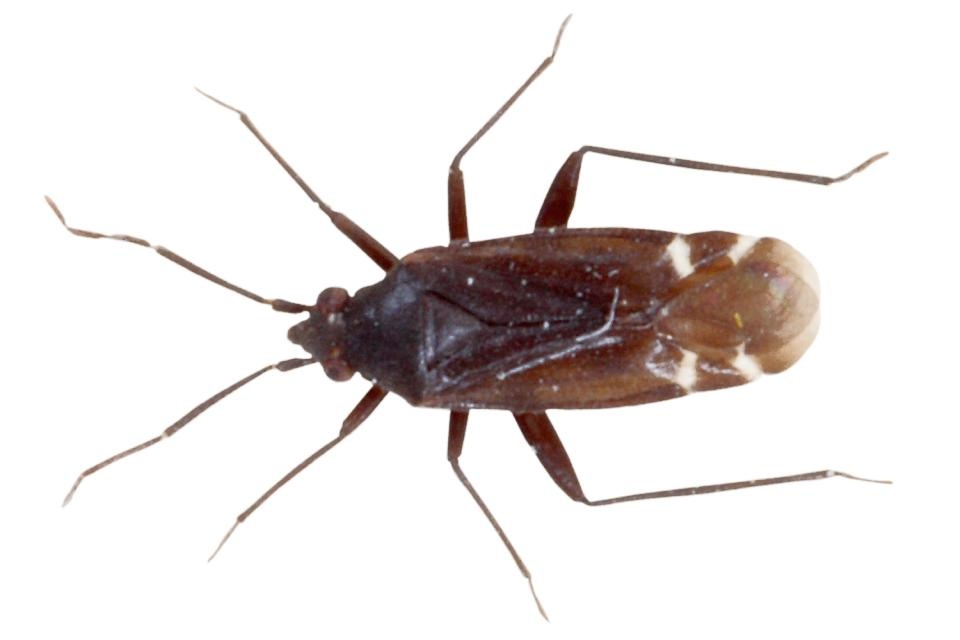Macrotylus phlomidis wurde erst 1984 als eigenständige Art beschrieben. Typuslokalität ist das Taigetos-Gebirge zwischen Kastania und Saidona auf dem griechischen Peloponnes. Von hier stammt auch der abgebildete männliche Paratypus. Alle Exemplare der Art wurden am Samos-Brandkraut (Phlomis samia) - einer Pflanze aus der Familie der Lippenblütler - gefangen. Diese Wirtsspezifität war ausschlaggebend für die Namensgebung "phlomidis". Macrotylus phlomidis ist dem Macrotylus soosi Josifov, 1962 von der Insel Kreta nächstverwandt. Von diesem unterscheidet sie sich durch die geringere Körpergröße, die weniger ausgedehnte weiße Zeichnung des Kopfes und die weniger kräftigen Fortsätze am Genitalsegment.
en

